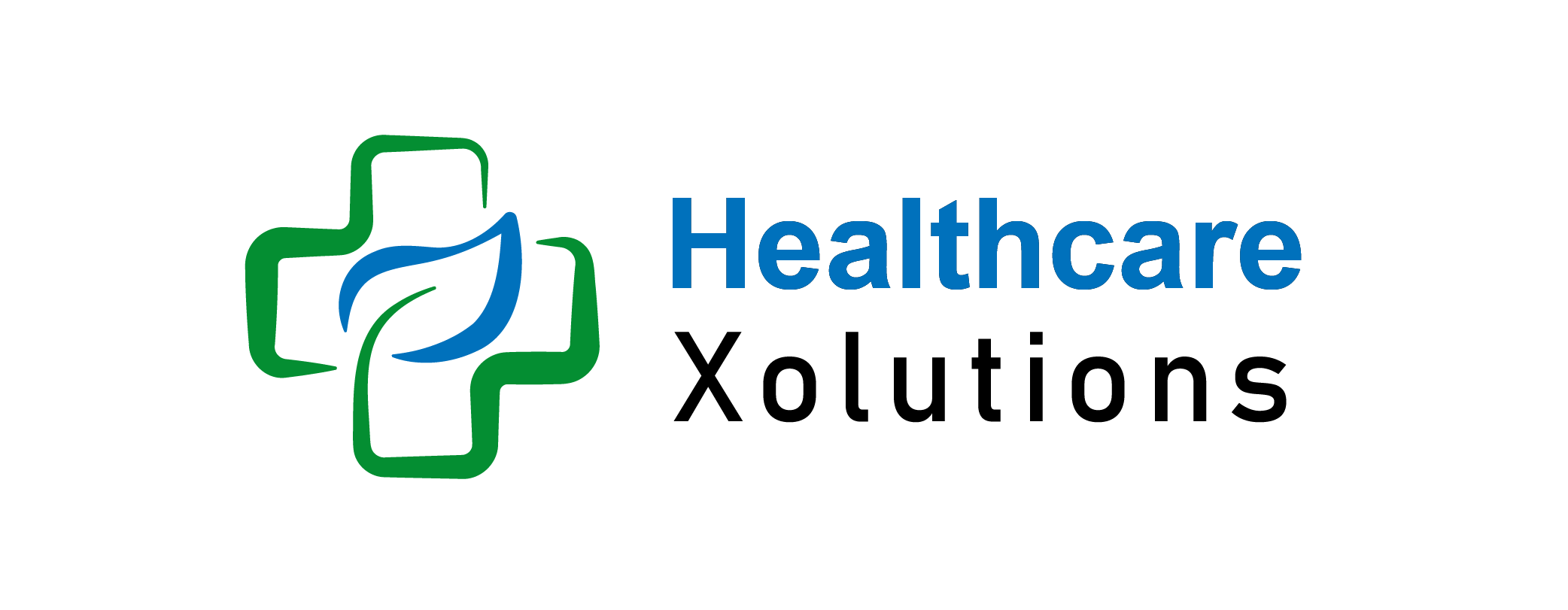Changing Your ACA Plan After Enrollment: What You Need To Know!

Enrolling in a health insurance plan through the Affordable Care Act (ACA) marketplace is a significant decision, but circumstances can change, and so can your healthcare needs. Whether you’ve found that your current plan isn’t the best fit, your income has changed, or you need to switch plans due to life events, it’s important to understand how to change ACA plan after initial enrollment.
Key Takeaways:
- Qualify for SEP: Special Enrollment Periods allow you to change plans after life events like marriage, birth, or relocation.
- Evaluate New Options: Compare new plans based on premiums, out-of-pocket costs, and provider networks.
- Report Changes Promptly: Update the marketplace about income or household size changes to adjust subsidies.
- Wait for Open Enrollment: If you don’t qualify for SEP, make changes during the annual open enrollment period.
- Consider All Factors: Ensure your new plan meets your medical and financial needs, including ongoing treatments or prescriptions.
This guide explains when and how to change ACA plan, the steps involved, and the key factors to consider before switching.
Table of Contents
When Can You Change ACA Plan?
After enrolling in an ACA plan, you generally cannot change your plan until the next open enrollment period unless you qualify for a Special Enrollment Period (SEP). SEPs are triggered by qualifying life events that allow you to change plans outside of the typical open enrollment window.
Common Reasons To Change ACA Plan Include:
- Your current plan no longer meets your healthcare needs.
- You have experienced a change in income that affects your subsidy eligibility.
- A life event (marriage, birth of a child, loss of other coverage) qualifies you for a SEP.
- Your doctor or preferred healthcare providers are no longer in-network.
1. Qualifying For A Special Enrollment Period (SEP):
To change your ACA plan outside the regular open enrollment period, you must qualify for a Special Enrollment Period. Life events that typically trigger a SEP include:
- Marriage or divorce: Changes in marital status often lead to a need for updated coverage.
- Birth or adoption of a child: Expanding your family allows you to add new members to your coverage.
- Loss of other health insurance: If you lose job-based insurance, Medicaid, or another form of coverage, you are eligible to select a new plan.
- Relocating to a new area: Moving to a new state or even a different part of your current state can qualify you for a SEP.
- Changes in income: If your income decreases or increases, it may affect your eligibility for subsidies, making it a good time to explore new plan options.
How to Apply for SEP: To take advantage of a Special Enrollment Period, log into your marketplace account, report the qualifying event, and explore your options for changing plans. You generally have 60 days after the event to make a switch.
2. Assessing Your New Plan Options:
Once you’ve qualified for a SEP, you’ll want to carefully review your new plan options. This involves considering whether you need to adjust your level of coverage (Bronze, Silver, Gold, or Platinum plans) or switch to a plan that better suits your current health and financial situation.
Some factors to evaluate include:
- Premiums: How much you’ll pay per month for the new plan?
- Out-of-pocket costs: Consider deductibles, copayments, and coinsurance that could affect your total healthcare spending.
- Provider network: Ensure that your preferred doctors, specialists, and hospitals are covered.
- Prescription drug coverage: If you regularly take medications, make sure they are included in the plan’s formulary.
3. Reporting Changes In Income Or Household Size:
If your income or household size changes after enrollment, it’s important to report these changes to the marketplace as soon as possible. These updates can affect your eligibility for premium tax credits or cost-sharing reductions, and failure to report them promptly could result in unexpected charges at tax time.
How to Report Changes: Log into your ACA marketplace account and update your information under the “report income/household changes” section. Once updated, the marketplace will recalculate your subsidy eligibility, and you can explore new plan options if necessary.
4. Switching Plans During Open Enrollment:
If you don’t qualify for a SEP, you will need to wait until the next open enrollment period to change your plan. Open enrollment typically runs from November to mid-January each year. During this time, you can review your current plan and make changes if needed without requiring a qualifying event.
How to Change Plans: During open enrollment, you can switch plans by logging into your marketplace account, selecting a new plan, and completing the enrollment process. Be sure to carefully compare plan details to ensure the new plan better fits your needs.
5. Considerations For Changing Plans:
Changing your ACA plan is not a decision to be made lightly. Before switching, ensure that the new plan will better meet your healthcare needs and budget. Compare your current plan to new options in terms of coverage, cost, and network. If you have ongoing treatments or prescriptions, confirm that the new plan will continue to cover these services.
Additionally, be mindful of any deductible carryovers. If you’ve already met part of your deductible for the year, switching to a new plan may reset this amount, meaning you’ll need to start paying out-of-pocket expenses again before the new plan’s benefits kick in.
Conclusion – How To Change ACA Plan?
Changing your ACA plan after enrollment can be a straightforward process if you understand the rules and follow the proper steps. Whether you qualify for a Special Enrollment Period due to life changes or decide to switch during open enrollment, staying informed and proactive will ensure you maintain the best coverage for your needs.
By carefully assessing your options, reporting changes in income or household size, and keeping track of open enrollment periods, you can easily navigate plan changes without gaps in coverage. Always remember to evaluate your healthcare needs each year, as circumstances can change, and the right plan today might not be the right plan next year.
